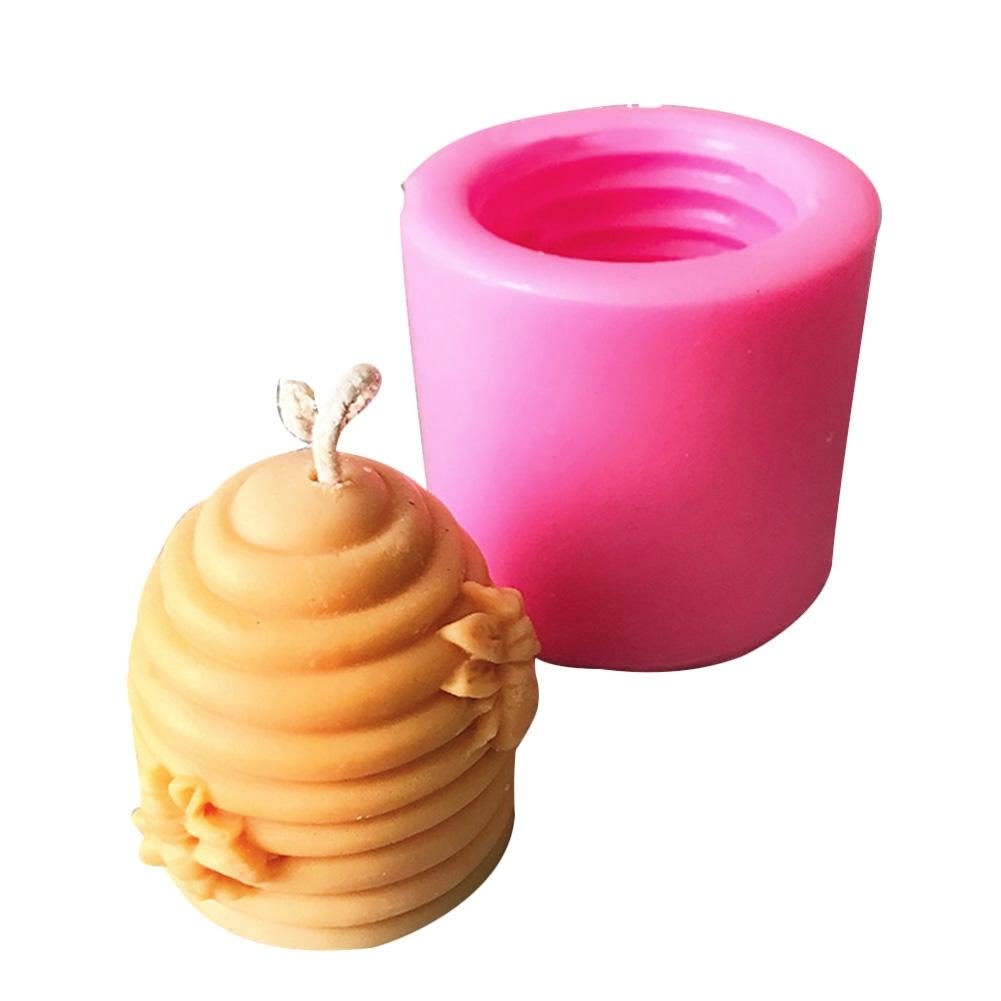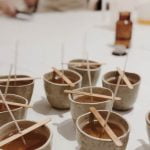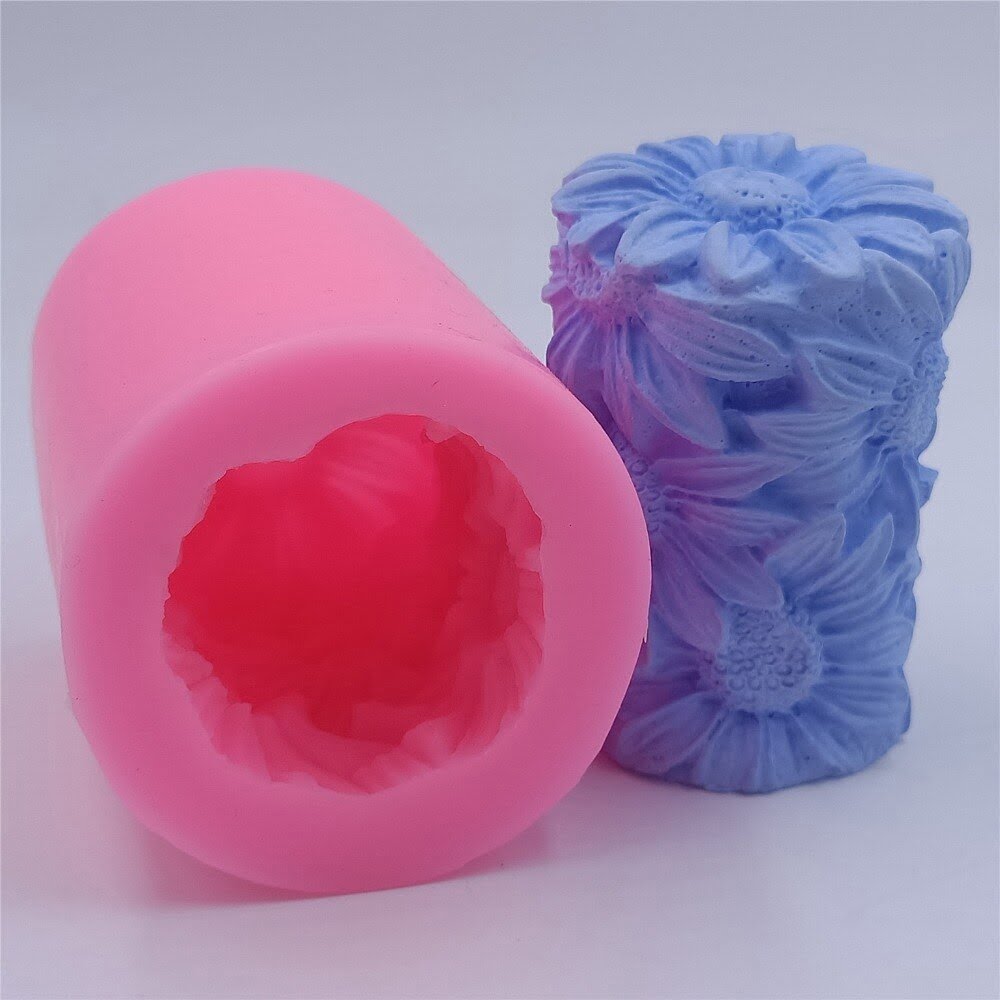Introduction
Making dipped candles is an enjoyable and satisfying activity for both hobbyists and craftspeople. Dipped candle making offers a wide range of benefits, including the opportunity to create beautiful, individualized pieces; an easy, affordable way to make gifts or add a little extra ambiance to your own home; and the chance to explore your creative side while engaging in a calming activity.
Making dipped candles is relatively simple and anyone can learn the basics of getting started quickly. All that’s needed are basic supplies such as beeswax blocks, wicks, one-pot stovetop candle makers, dipping jigs, scents and essential oils for candles of deeper aroma. With these supplies in hand it’s possible to unleash your creativity and express yourself in fun ways like designing unique color combinations or experimenting with new fragrances. Even if you’re completely new to the craft, you’ll be amazed at what you can start producing fairly quickly!
For those who want something more traditional in terms of fragrances and visuals, it’s possibile to find many different types of pre-made kits featuring tried-and-true templates which help expedite the process while giving an exquisite end product.
Whether decorating a room or simply providing the perfect gift for someone special, making dipped candles is a great way to relax while adding elegant touches that will last through multiple uses. In addition, it can also provide financial benefits by allowing artisans to offer truly unique creations that they can sell at markets, fairs or online stores. So set aside some time and give this wonderful art form a try!
What You Need to Make Dipped Candles
Creating your own dipped candles requires more than just wax and wicks. To make the most beautiful, long-burning candles, you need to have some supplies on hand first. For example, while there are many types of wax available, to get the best results it is important to opt for a good quality wax that specifically says on the package that it is designed for candle making – whether it’s a paraffin blend or natural beeswax. Generally speaking, paraffin wax offers better burning characteristics than beeswax and is available in a variety of block sizes or liquid container sizes at craft stores and online retailers. In addition to the wax type, you’ll need wicks suitable for use with both paraffin and beeswax – typically tin-plated flat braided or zinc core cotton wick. You may also want specialty candle fragrances or dyes such as coconut oil or crayon pieces. Once you have all your supplies ready to go, you will also need a few helpful tools such as protective gear like an apron and rubber gloves, something to heat and melt the wax (like a double boiler on the stovetop) containers of hot water nearby to dip into, wooden skewers or pencils (or similar) to hold the wick while dipping, large, shallow plates lined with newspaper/kitchen towel/coffee filters/paper towel depending on your preference/your ability/design etc., an extra work surface nearby ready with all decorating items such as food colouring (optional), essential oils & scents for fragrance (optional) etc., scissors for trimming excess wicks in between dips and lastly some form of cooling racks so that the finished candles can set after each set of coats required when dipped.
Preparing and Melting Wax for Dipping
Making dipped candles is a creative and enjoyable craft. The basics of the process are straightforward, though there is an art to mastering it. It begins with melting wax in an appropriate container such as a double boiler or dedicated wax melt pot. It is important for the wax to reach the proper temperature for dipping – usually about 180-190°F, avoid going over 212°F. If the wax is too cool, it won’t completely coat the wicks, and if it’s too hot, it will be too thin to work with. After the wax reaches its optimal temperature, care must be taken to keep it at that level while working with it (unless you plan to touch up later).
The melted wax should also remain clear and free of impurities like contaminants or air bubbles so finished product looks aesthetically pleasing when done. To accomplish this, strainers can be used while pouring into the dip tank. Stirring often during heating also helps keep things clear and consistent. Some people find adding colorant before hand helps ensure even dyeing as well. Once all of these necessary precautions are taken, then you have reached optimal dipping conditions! Now dippers can go ahead and proceed getting all sorts of creative designs and patterns on their dipping cane! After each dip of course allow time for cooling before touching up or adding additional coats if necessary for desired results. Finally you will be left with beautiful handmade dipped candle which you can proudly call your own and show off to friends and family!
How to Dip and Create Candle Tapers
To begin, you will need wax, wicks, scissors, a heating source, something to hold the wick while dipping (like a chopstick), some containers you can use as a double boiler (like two glass jars or stainless steel containers) and any scented oil or dyes that you want to add to the candles.
Start by putting your wax in one of your double-boiler containers and slowly heat it up on low-to-medium heat. As the wax begins melting, add in any desired oils or dyes for scent and color. Cut your wicks long enough for twice dipping in the softened wax and affix each to something like a chopstick so that they are properly spaced out from each other.
Now, dip each wick in the melted wax one at a time until the desired length is achieved. Make sure that the wax cools enough so that it does not cling excessively to your candle taper as layer after layer is added
When all of your tapers have had their first dip you can either leave them as is or double dip them depending on how thick you want them. Allow all dipped candles to dry completely overnight before burning.
For more unique looks and shapes, try adding extra embellishments – consider decorative molds and glass votive holders when adding layers of colored waxes. Or use various size cookie cutters when making interesting shaped candles such as stars and squares. Mix up different colors of waxes to create custom stripes or layered blocks that make fun designs when lit! Have fun experimenting with sizes, shapes and styles to come up with custom dipped candle creations of your own!
Finishing Touches
Once you have finished dipping your candles, you can choose to embellish them with some extra decorative touches. There are several methods that can be used to customize and decorate dipped candles.
One of the easiest customization techniques is adding color. For example, dye slabs and chips can be placed into the melted wax while dipping candles, or pigments and dyes can be added later directly onto the surface of the wax. These additives will allow you to customize the brightness and hue of each candle, creating a unique personalized design. Sparkles or glitter can also be added for an eye-catching effect.
Other popular options include painting designs on the surface of wet wax with a high temperature acrylic paint or imprinting designs in wet wax using rubber stamps. Additional items such as ribbons, scents, figurines or burned decorations can also give your candle an attractive look and aroma. To prevent any objects from further melting during the burning process, set them slightly above the surface or apply a few drops of melted wax before adhering them if needed. Once all additions are made let your creations cool off completely to enjoy your unique masterpieces!
Tips and Tricks for Making and Burning Dipped Candles
Safety With Dipped Candles:
When making and burning dipped candles, always practice caution and safety. Always make sure you’re in a well-ventilated area that is away from loose fabric or other flammable objects. Avoid leaving your candles unattended, as they can become dangerous when left to burn unsupervised. When lit, be sure to keep the flame away from children and pets. Don’t allow the candle to burn down too low, as the bottom of the wick can become extremely hot ” potentially burning your skin if touched.
Care For Your Candles:
Make sure you trim your wicks after each use so that they remain at an acceptable length for burning; this will help ensure your candles stay burning steadily without being too large or small. To ensure optimal performance, rotate them periodically so all sides get equal exposure; this will also help create an even burn with less smoke residue left behind.
Maintenance:
Check for cracks regularly since a small crack in the wax can result in fumes leaking out and causing a fire hazard if not attended to quickly enough. Additionally, regular dips will be required to restore a layer of wax over the wick once it has burned off ” this will restore the aesthetic look of your dipped candle as well as its shape and size in order to achieve optimal results.
Conclusion
After you have finished dipping your candles, take the time to celebrate your accomplishment! Show off your creations with family and friends. Place a couple candles in each room of the house to bring a soothing glow and a hint of your own work to wherever they are placed. To share with others, look for local craft fairs in your area or form a candle club with like-minded friends. You can even give your product away as handmade presents for special holidays or life milestones. Making dipped candles can be an enjoyable activity and it is even more rewarding when you know you are creating something beautiful that has been crafted by your own two hands.

Welcome to my candle making blog! In this blog, I will be sharing my tips and tricks for making candles. I will also be sharing some of my favorite recipes.





